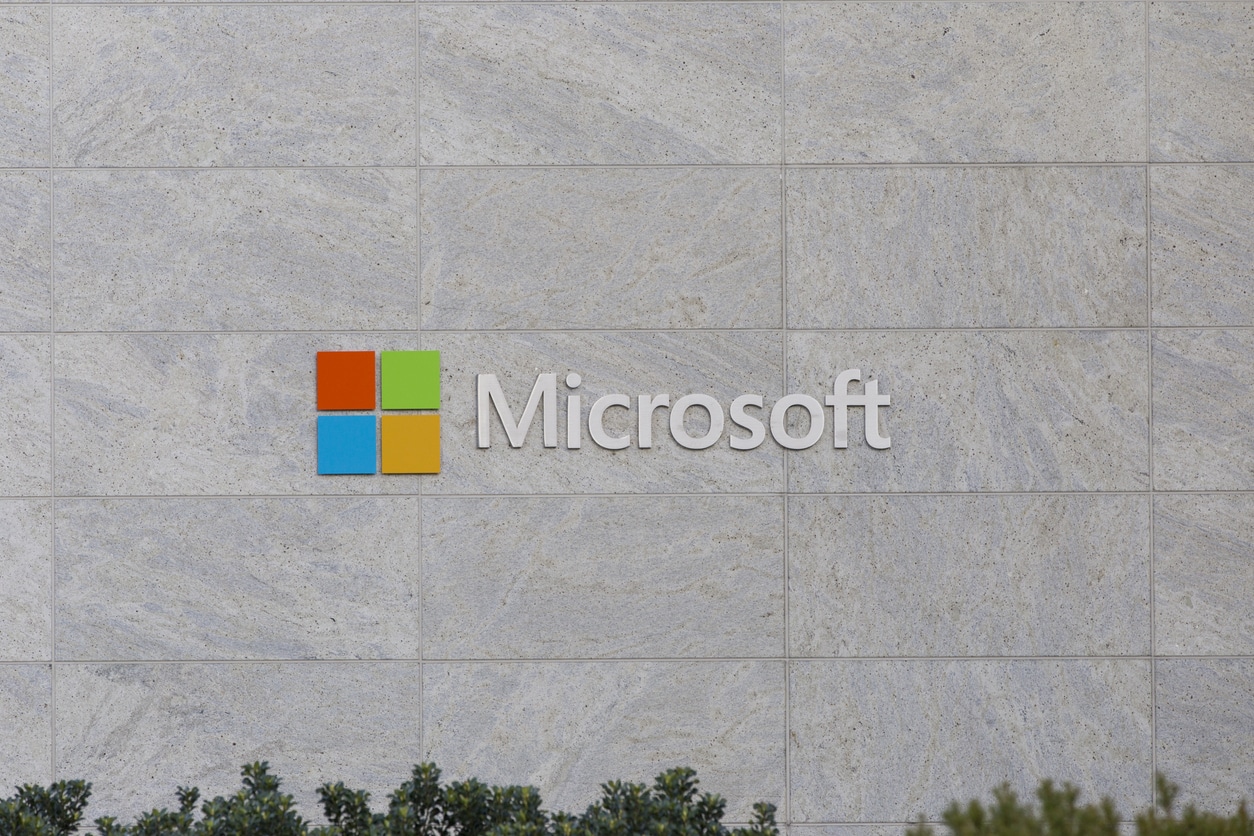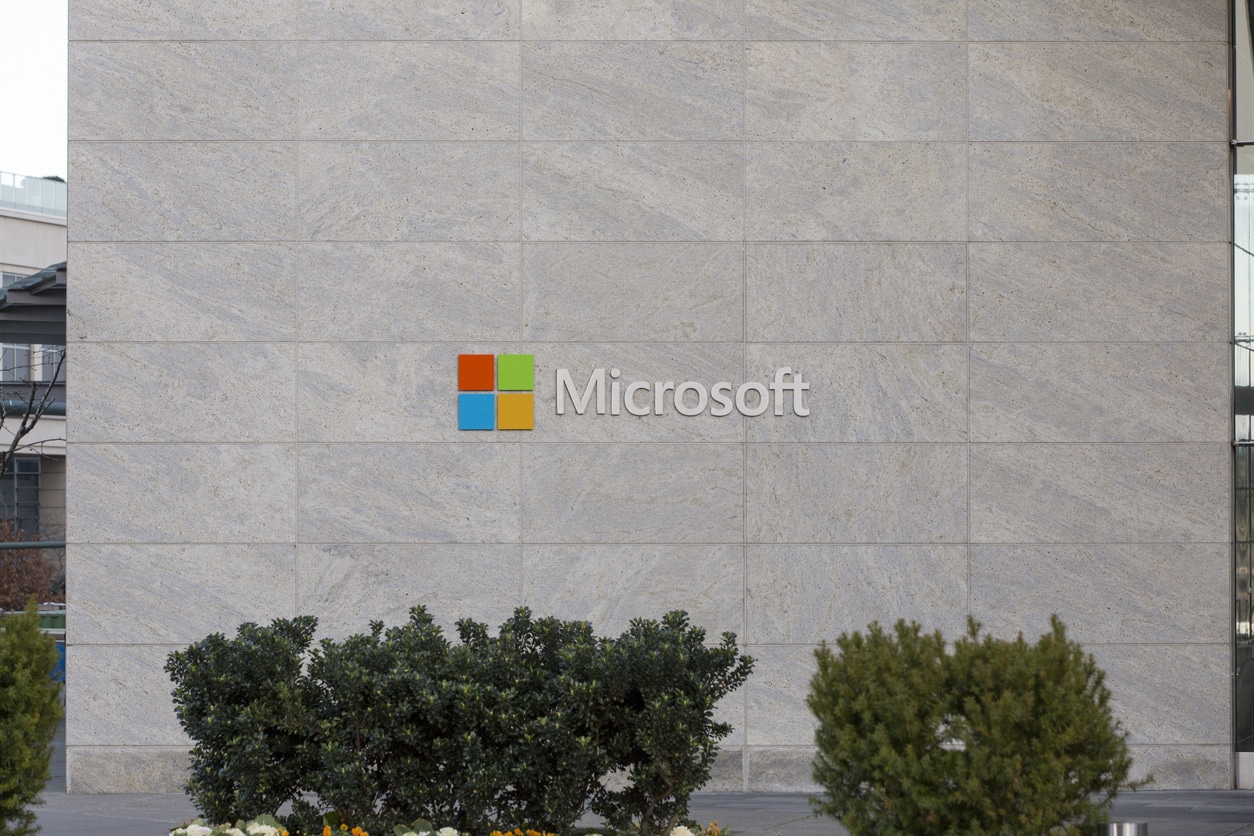Here is the top 30 most common Azure Interview questions
- What is Azure AD?
Azure Active Directory is primarily an identity and access management service offered by Microsoft Azure cloud platform to manage the access to the applications and other services, which can be external resources like Microsoft 365 and internal resources like apps in the intranet of a corporate.
- Which of the following is compute in Azure?
- VM instances
- Commodity servers
It is VM instances because Azure is a cloud offering that facilitates serverless computing without installing on-site server infrastructure.
Commodity servers are the on-site server infrastructure that is required to be installed to compute.
- What is the format of an Azure resource template?
Azure resource template uses JSON format to import the schema, parameters, resources and all other necessary configurations.
To learn more, refer to this link: https://docs.microsoft.com/en-us/azure/azure-resource-manager/templates/overview
- Which service of Microsoft Azure provides the users with access to the open-source framework Hadoop?
Azure HDInsight service provides access to the open-source framework of Hadoop. In addition to this, the HDInsight service serves as an ETL and analytical platform that enables the users to use Spark, Hive, LLAP, Kafka, Storm, R, and more
To learn more, refer this link: https://docs.microsoft.com/en-in/azure/hdinsight/hdinsight-overview
- Which of the following statements regarding operating system upgrades of an Azure virtual machine is true?
A. No OS upgrades
B. Only upgrades of client OS
C. All OS upgrades
D. Only upgrades of server OS
None of the OS upgrades are supported by Microsoft.
Either the works can be migrated from old to the new VMs, or Virtual Hard Disk files are to be downloaded to get extended support.
To learn more, refer this link: https://docs.microsoft.com/en-us/azure/virtual-machines/windows/prepare-for-upload-vhd-image
- Which of the features are provided only with Microsoft Azure active directory premium p2?
The premium P2 version of the Azure AD has features of Identity Protection and governance.
Identity protection – Vulnerable and risky account detection, event investigation and conditional access policies.
Identity governance – Privileged Identity Management, Access reviews, and entitlement management.
- When a data disk to an Azure virtual machine is added, what drive type is created?
Virtual Hard Disks are created.
Quick check – Azure Course
- Which is the core unit of the Azure networking component?
Virtual Networks are the core azure networking components as it is responsible for all the vital administrative functions. VN has full control over IP addresses assignments and name resolution. Azure networking component plays a key role in providing administrators with full access to security settings. Routing rules for movement of data from one machine to another are determined by the Azure virtual networks.
- What are the steps for deploying a VM in Azure?
The steps to creating a virtual machine on azure are:
- Navigate to the Azure portal
- Type ‘Virtual Machine’ in the search bar and click on the service. Go to ‘Create a virtual machine’.
- Click on ‘New’ –> Compute –> Virtual Machine
- Key in the DNS name
- Choose image and size from the drop-down menu
- Choose authentication type and provide the username and password
- Select the region
- Click on ‘Create and Review’ once the validation has passed.
- What is MS Azure?
Azure is a cloud computing platform with Infrastructure as a Service (IaaS), Platform as a Service (PaaS), and Software as a Service (SaaS). These are services used for analytics, virtual computing, storage, networking, and much more.
Also Read: Microsoft Azure: Benefits, Use Cases, Applications | What is Microsoft Azure?
- Which VPN types are supported by Azure?
The following cross-premises connections are supported:
- Site-to-Site – This type of connection requires a VPN device or RRAS.
- Point-to-Site –. This connection does not require a VPN device.
- VNet-to-VNet – This connection is similar to Site-to-Site configuration. It does not require a VPN device.
- Multi-Site – This is a kind of Site-to-Site configuration that facilitates connecting with multiple on-premises sites to a virtual network.
- ExpressRoute – ExpressRoute is a private connection to Azure from WAN, not a VPN connection over the public Internet
- How to create an Azure account?
Microsoft Azure offers a free 30-day trial period.
- Go to azure.com and click the “Start free” button.
- Once logged in, provide details
- Follow the prompts to verify the account by phone.
- Credit card details are needed to be furnished.
- Tick “I agree” and click “Sign Up.
- To continue, click the “My Account” link at the top right corner or go to the Microsoft Azure Portal: https://portal.azure.com/
- How are web applications deployed in Azure?
Microsoft offers two deployment models.
- Classic deployment model
- Azure resource manager.
The web applications that can be deployed are WCF, PHP and ASP.NET.
- What kind of store is Azure table storage?
Azure Table Storage is a NoSQL key-value store that stores semi-structured datasets, allowing you to create massively scalable apps that require a flexible data schema and JSON is used to serialize data.
- Which of the following modules is not included in Azure PowerShell?
- Azure system manager module
- Azure module
- Azure resource manager module
- Azure profile module
Azure system manager module.
To work with Azure resources directly from local machine, the help of the Azure module, Azure resource manager module, and Azure profile module are needed.
- Mention the OS on which Azure PowerShell can be used?
Azure PowerShell can be used in numerous operating systems, including:
- Windows 7 and later versions
- Linux OS
- Mac OS
- What is the Azure app service?
Azure App Service is a web hosting service for building web apps, mobile back ends and RESTful APIs, and it is fully managed by the cloud provider, Azure.
- Azure Kubernetes service belongs to which category?
Azure Kubernetes service cannot be directly categorised as it is a kind of PaaS wrapper over the underlying Virtual Machine set used for the cluster. It is charged only for the worker nodes that are part of the VM scale-set, which is technically an IaaS. The managers are a kind of wrapper PaaS service and are taken care of by the Azure cloud provider.
- Using which tool by Azure will you be able to estimate the costs that you would incur on Azure?
A pricing calculator is a tool provided by Microsoft Azure to estimate costs by adding the required products and example scenarios.
- What is a static IP address in Azure?
Static IP address is used when the change of the address connected to the device is unwanted.
Dynamic IP address is used whenever a change of address is needed and is assigned to other devices to access it.
Azure Virtual machine will be assigned a dynamic IP address by default.
Also Read: Comparing Amazon Web Services, Microsoft Azure and Google Cloud
- Mention the emulators that are installed with the SDK in Azure?
Azure SDK has two emulators – Compute Emulator and Storage Emulator. Developers use these to operate the cloud applications on the local machine. Compute Emulator mimics the computing environment. To use a compute emulator, Visual Studio is to be run as an administrator.
- What is Azure in .net?
1.Web applications
.NET web applications are hosted in Azure with ASP.NET, a set of tools and libraries for building web applications and services. With further use of auto-scaling, patching, CI/CD, advanced performance monitoring and production debugging snapshots with Azure App, Service building and running web applications becomes easier.
- Serverless computing
Run on is an event-driven and serverless compute that fully supports .NET using Azure Functions.
- Data services
Managed database services from Azure that are secure, scalable, redundant, relational and non-relational data stores easily with .NET.
- How to create VM in Azure?
Steps to Create an Azure Virtual Machine (VM)
- Log in to the Azure Portal.
- Click on Create Resource and select Windows Server 2016 Datacenter.
- Fill in the Subscription, resource group name and VM name and image.
- Click on the Change Size hyperlink and choose the desire configuration. Select region accordingly. Standard DS1 v2 size is selected by default.
- Key in the administrator account credentials and Inbound ports.
- Click on the Next button to go to the Disks section.
- Select the OS disk type – Premium SSD, Standard SSD and Standard HDD.
- Select the OS disk type – Premium SSD, Standard SSD and Standard HDD.
- Create a Virtual Network for the Virtual Machine and assign a subnet to it.
- Click on Next to configure the management section.
- Click Next to go to Guest Configs.
- Click on Next to go to Tags sections.
- Click on Next and review all the settings selected. Click on create.
- Go to the All Resources section on the left panel and see the created resources:
- Virtual machine
- OS Disk
- Network Interface
- Public IP
- Network Security Group
- Virtual Network
- Storage Account
- Recovery Service Vault
- Click on Virtual machine to get the RDP file.
- What is the Azure SQL database?
Azure SQL DB is a SQL Server Database engine instance that is fully managed by the cloud provider. This deployment model makes it easy to transfer on-premises applications to the cloud with very few application and database changes.
- Which tool helps to estimate costs that will incur on Azure?
The price calculator tool is an Azure tool to use in estimating the costs (https://azure.microsoft.com/en-us/pricing/calculator/). This tool allows to select and estimate the cost of deploying resources to Azure.
- Which of the following is supported on Azure virtual machines?
- Azure AD Connect
- Microsoft BizTalk Server 2013 and later versions
- Microsoft Dynamics AX 2012 R3 and later updates
- Microsoft Dynamics GP 2013 and later versions
- Microsoft Dynamics NAV 2013 and later versions
- Exchange Server 2013 and later versions
- Forefront Identity Manager 2010 R2 SP1 and later versions
- Microsoft HPC Pack 2012 and later versions
- Project Server 2013 and later versions
- SharePoint Server 2010 and later versions on Azure virtual machines.
- SQL Server 2008 and later versions
- Failover Cluster Instances (FCI).
- System Centre 2012 Service Pack 1 (SP1) and later versions are supported for the following applications:
- App Controller
- Configuration Manager
- Data Protection Manager
- Endpoint Protection
- Operations Manager
- Orchestrator
- Server Application Virtualization
- Service Manager
27. How to delete an Azure account?
Step-1: Login to the Microsoft Azure portal
Step-2: Click on the Cost Management + Billing link from the left navigation
Step-3: Click on the Subscriptions link from the left navigation
Step-4: Click on the Manage button on the Cost Management + Billing page.
Step-5: Click on the Subscription name.
Step-6: Click on the Cancel subscription link from the next screen to Cancel Azure Subscription.
Step-7: Select – Yes, cancel my subscription option
- You need to add data to Azure by using the Azure import service. What should you do?
Import job involves the following steps:
- A number of drives needed, destination blob location for the data in Azure storage is to be determined.
- Copy data using the WAImportExport tool to disk drives and encrypt the disk drives with BitLocker.
- Create an import job in the target storage account in the Azure portal. Upload the drive journal files.
- Input the return address and carrier account number for shipping the drives back to you.
- Ship the disk drives to the shipping address provided during job creation.
- Key in the delivery tracking number in the import job details and submit the import job.
- Drives are received and processed at the Azure data centre.
- Drives are shipped using the carrier account to the return address provided in the import job.
- What kind of a store in the Azure table storage?
NoSQL Azure table storage is a key-value store that handles semi-structured data. It is highly flexible and scalable. JSON is used to serialise data.
- Which of the web applications can be deployed with Azure?
- Windows Communication Foundation (WCF),
- PHP and
- ASP.NET
Microsoft Azure is offering two deployment models for:
- Classic deployment model
- Azure resource manager
Software development kits for Java and Ruby allow applications to place calls to the Azure service centre.






